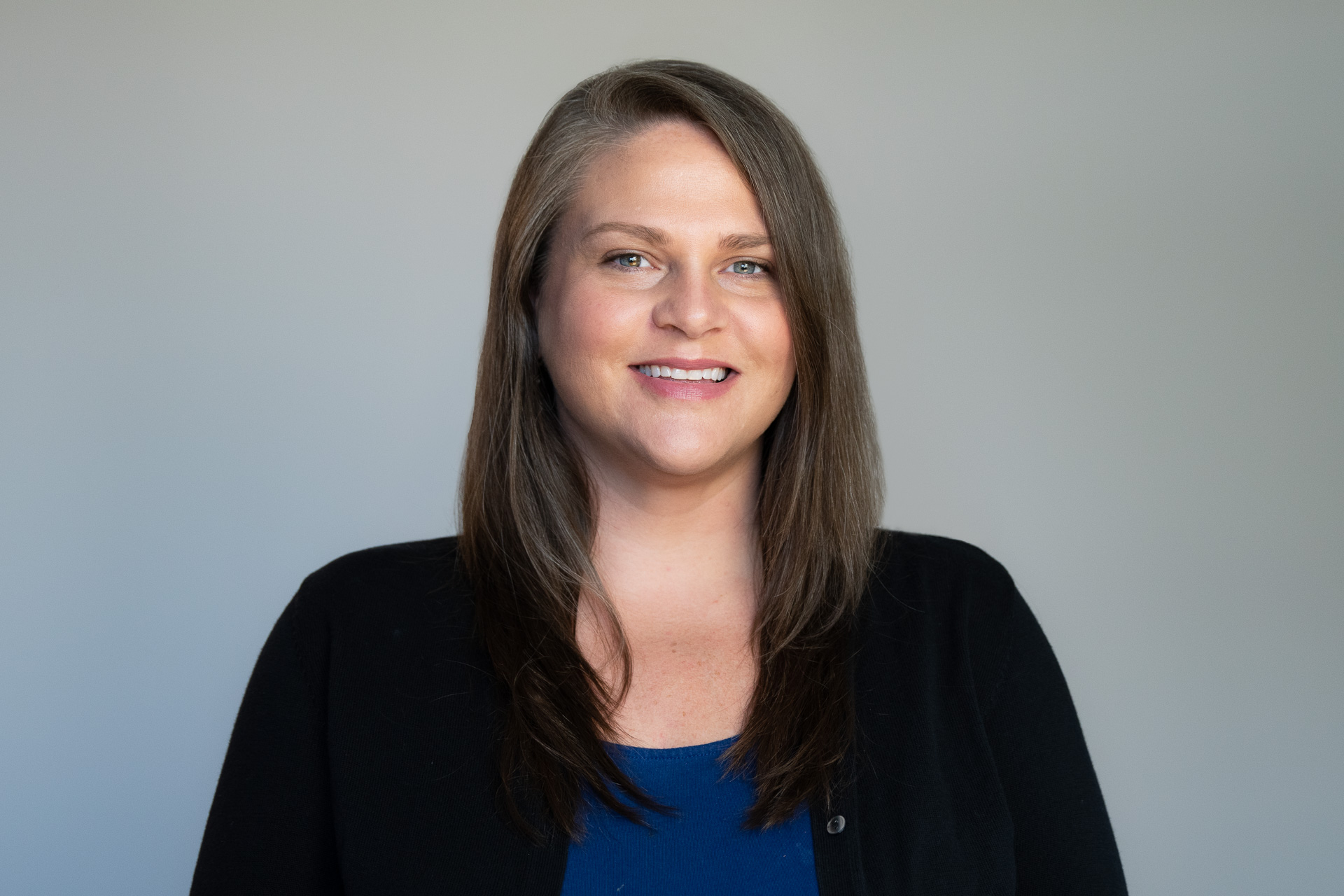Becoming better grantmakers: The changes we implemented to our grantmaking process

Editor’s note: CDP began an organization-wide review of its grantmaking practices and processes in 2022, incorporating learning and feedback from grantee partners, ensuring industry best practices for funders were considered and our values embedded deeper into our grantmaking practices and partnerships. As part of that change process, CDP committed to transparency and sharing our experience and reflections in a series of articles, blogs and case studies to promote and advance learning exchange with our peers in the philanthropic community. This post is part of that series.
In last week’s blog post, we discussed the steps we took to learn about and coordinate our thoughts around best practices in grantmaking. This week, we share some of our action steps so other grantmakers can get an idea of tangible outcomes they can implement within their own organizations.
While effective and trust-based grantmaking is an ever-evolving task, we’ve focused our efforts on these goals:
- Improve grantmaking practices by applying principles of trust-based philanthropy, Racial and Intersectional Equity (RIE) and localization.
- Act on grantee partner feedback from our comprehensive Grantee Perception Report (GPR) survey.
- Consider and implement changes to our overall grantmaking process itself.
- Revise and update forms and templates.
- Increase transparency and accountability to our grantee partners and other stakeholders.
Overall, I believe our most important change is connected to CDP’s value of integrity. We wanted to be transparent with our grantee partners on how we operate. While our grantee partners have always been at the forefront of our grantmaking, we knew they might not always understand why we were doing what we were doing.
Our grants support medium- and long-term recovery and resilience efforts. We want our grant process to be easy and effective for communities affected by disasters, including conflicts and humanitarian crises. Our grantee partners hit the ground running to support their communities; they don’t need to be burdened with our need for bureaucracy.
Simplifying our application
The largest set of changes applied to our application and grant reports. We evaluated the application, its purpose and what we wanted to achieve by asking grantee partners to complete one. We reduced the number of questions, eliminating redundant ones, and stuck with only what we need for funding decisions.
We’ve added more information about the type of answer we are looking for, including how long we think the application or final report should take to be completed.
Increasing flexibility with reporting
Through our experience with Trust-Based Philanthropy, we’ve started sourcing due diligence documents ourselves and allowing grantee partners to submit applications and final reports in alternative formats, such as through email or over Zoom.
Applying an equity lens
We aim to grant funds with an equity lens, focusing on the needs of historically or currently marginalized and at-risk populations. We also want to focus on grantmaking to more local, on-the-ground organizations. Grantee partners can opt to share demographics about their organization and grant requests with us, and we operationalized how we track RIE and localization internally, allowing for more consistent record-keeping.
Other actions we’ve taken
We wrote blog posts about our evolving localization journey and why Indirect Cost Recovery is a powerful tool for greater localization and equitable partnerships.
We added our grantmaking process to our website to provide some downward accountability to our grantee partners. Along with highlighting our grant process, we’ve added our grantmaking guiding principles and provided copies of our applications to better assist interested organizations.
Grantmaking isn’t a one-size-fits-all or a completed project. We had to closely examine our process and have bold conversations about how we wanted our grantmaking to look. We continue to build space for the grantmakers to learn about best practices, try new things and even review feedback from grantee partners on what is or isn’t working.
We understand that what works for us right now might need to change to better serve our community in the future. My hope is that by sharing some of the tangible changes we made, we can spark ideas for other grantmakers to improve their processes. We recommend you start by considering ways to simplify your grant applications, increase flexibility in grant reporting and apply an equity lens to your grantmaking.
In the last blog post of our series, Regine A. Webster will highlight how the changes we’ve made reflect the findings in our GPR survey and the importance of building authentic relationships with grantee partners.
More like this

Becoming better grantmakers: Our process to incorporate our values into our grantmaking

